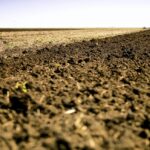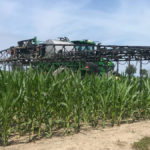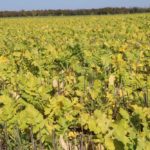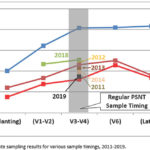David and Roger Buurma’s ingenuity in developing a low-cost solution for side-dressing nitrogen in corn has won them the 2021 Don Hill Legacy Award. The Lambton County grain farmers have […] Read more
1.


Winter ban lifted, with cautions





Moisture often critical factor in effective late-season nutrient application

There’s more known now about what cover crops work in what soils and for what end uses


OMAFRA’s screening shows that soil nitrate levels are about 25 per cent lower than average